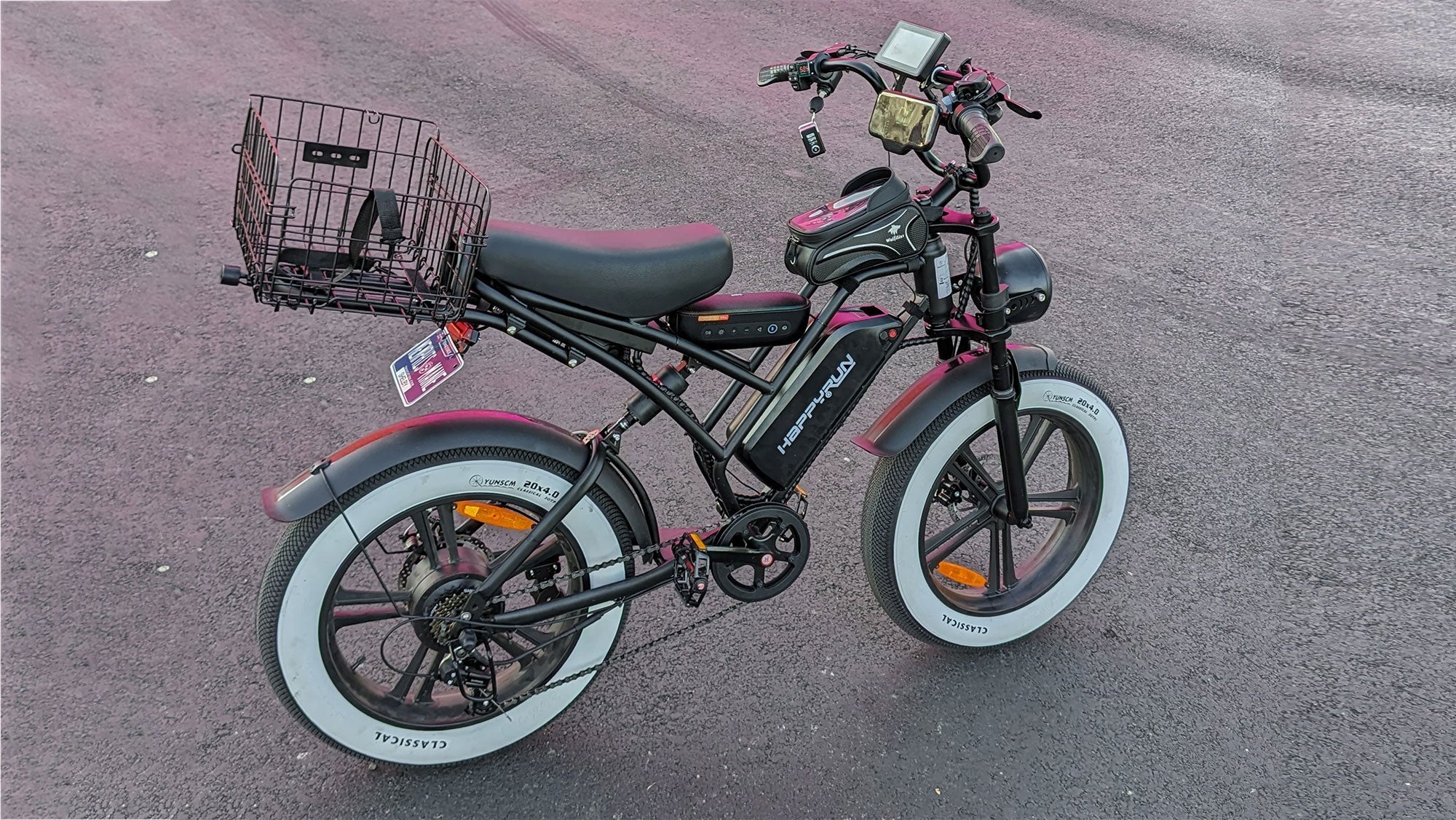
Electric Bike Kit and How To Elevate Your Bike With It
For those who want to embrace the e-bike revolution without breaking the bank, electric bike kits are the answer. In this comprehensive guide, we will take you through the process of selecting the right electric bike kit with a battery, installing it step by step, and weighing the pros and cons of this “DIY”.
So, saddle up, and let's explore how to elevate your bike into the electric era.
What Is The Best E-Bike Kit?
Choosing the perfect battery kit might seem like a tedious task, but we can assure you it is not. The best electric bike battery kit is one that complies with certain requirements, such as ebike compatibility, motor type, battery capacity, and legal considerations, amongst others.
Take a look at this simplified view of the recommended characteristics your 48v ebike battery conversion kit should have:
- Bike Compatibility
Ensure that the kit you select is compatible with your bike. Different kits are designed for various types, such as mountain bikes, road bikes, or cruisers.
- Motor Type
Electric bike battery kits come with different motor types, including hub motors and mid-drive motors. Hub motors are easier to install, while mid-drive motors provide better balance and efficiency. The choice depends on your specific needs and preferences.
- Battery Capacity
The battery capacity determines your e-bike's range. For longer rides, opt for a higher capacity battery, such as a 48v ebike battery. Keep in mind that battery technology is advancing, and lighter, more efficient options are constantly becoming available.
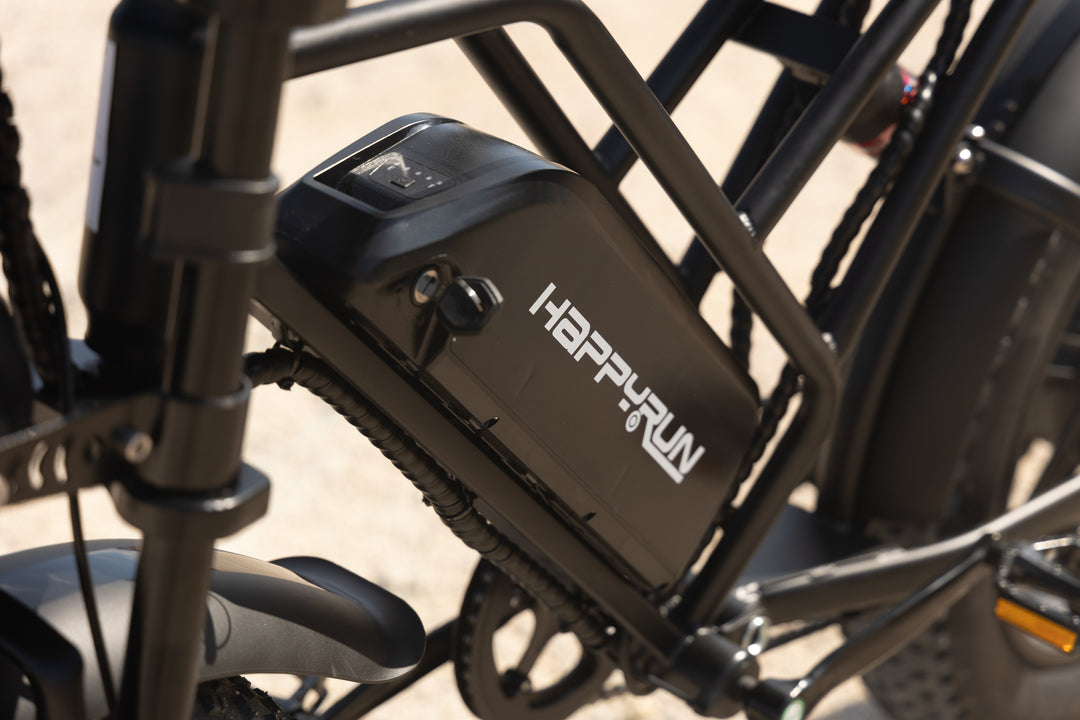
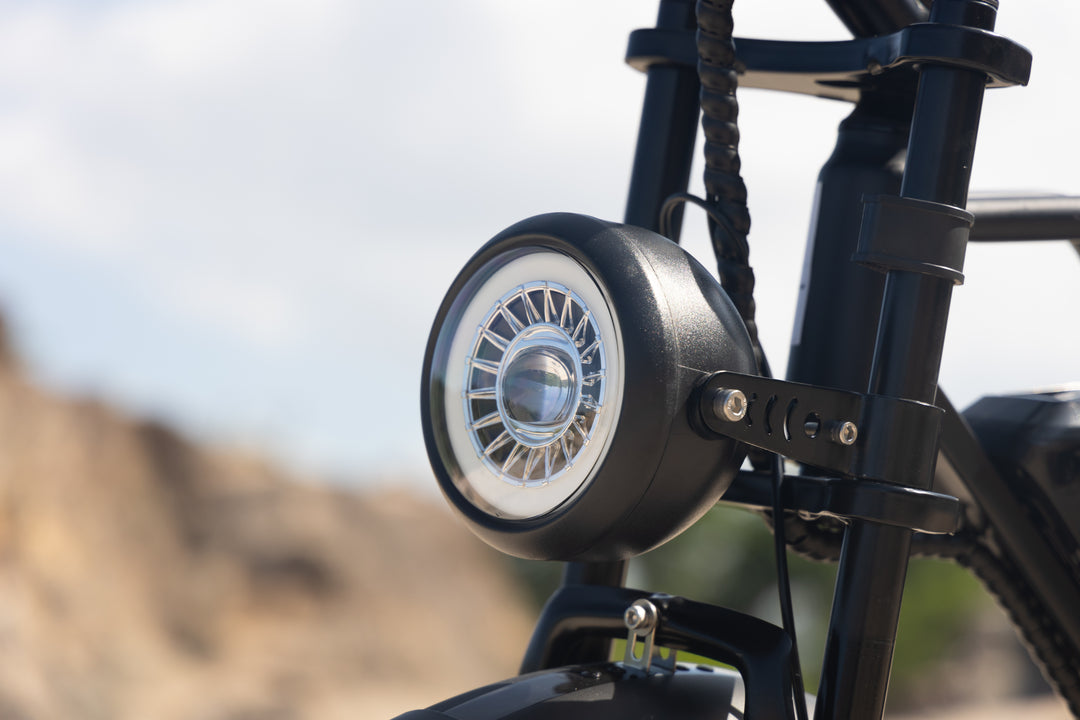
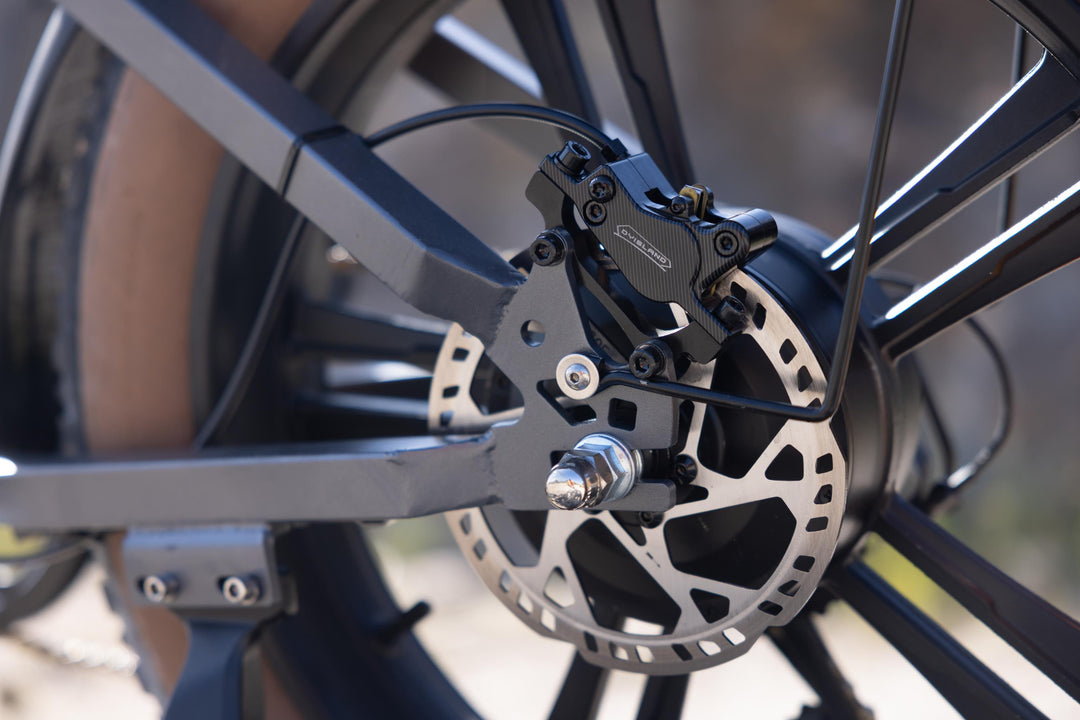
HappyRun E-bike Accessories
Spend some time gathering information about your bike before going on a search for the best e-bike kit.
Are Electric Bike Conversion Kits Easy To Install?
Installing a battery kit is far easier than you might think. All you need is some tools (that you probably already own) and follow this step-by-step guide to easily install it.
You’ll notice that this guide features a lot of points, but it is just because we want to give you as many details as possible so you can easily install your 48v ebike battery or any other you choose.
You'll need standard bicycle tools such as wrenches, screwdrivers, and Allen keys. Make sure you also have the tools provided with your conversion kit.
- Remove the Wheel: Start by removing the front or rear wheel of your bike, depending on where you plan to install the motor. Follow your bike's manual for guidance.
- Install the Motor: Attach the motor to the wheel, securing it with the necessary bolts. Make sure it's centered and aligned properly.
- Connect the Controller: Locate a suitable place on your bike's frame to mount the controller. This component connects the electric bike battery, motor, and other electrical components. Ensure the wiring is organized and secure.
- Install the Battery: Place the battery in its designated location, typically on the frame or rear rack. Connect it to the controller and secure it firmly.
- Test the System: Before you ride, perform a thorough system check. Make sure all connections are secure and that the motor and controls are functioning correctly.
- Safety Check: Finally, conduct a safety check of your bike, including the brakes, lights, and tires, to ensure everything is in working order.
Congratulations, you’ve successfully installed an electric bike kit with a battery and are ready to face new adventures and challenges.
Bonus Question: Where Should I Place The Battery?
- Rear Rack
Rear rack placement is a popular choice because it's relatively easy to install and can accommodate various battery sizes. It doesn't interfere with the bike frame, making it a versatile option for many ebike models.
- Frame-Mounted
Frame-mounted batteries are integrated into the bicycle frame, which offers a sleek and integrated look. This placement typically provides better weight distribution, enhancing the bike's stability.
- Down Tube-Mounted
Placing the battery on the down tube, just above the pedal area, keeps the weight low and centered, improving stability. It also offers a clean and unobtrusive appearance.
Bonus Question: Which Wattage Should I Choose?
Selecting the appropriate wattage for your ebike battery kit is crucial for optimizing performance and range. The wattage (or power rating) of the battery affects the speed and torque of your ebike. Here's a general guideline:
- 250-500W: This range is suitable for casual riders who need assistance with pedaling but do not require high speeds. It's ideal for city commuting and moderate inclines.
- 500-750W: If you're looking for more power and the ability to tackle steeper hills, a battery in this range is a good choice. It offers better acceleration and increased top speed.
- 750W and above: For those who want serious speed and power, or if you plan to use your ebike off-road, a battery with 750W or more can handle demanding terrain and provide rapid acceleration.
Always check your local laws and regulations to ensure compliance with legal limits. Additionally, consider your intended usage, as a more powerful battery may require a larger capacity and could affect your e-bike's range.
What Are The Pros And Cons Of Ebike Kits?
Now that your e-bike is ready to roll, let's explore the pros and cons of choosing a DIY electric bike kit with a battery.
Pros:
- Cost-Effective: DIY electric bike battery kits are often more affordable than purchasing a pre-made e-bike. You can choose components that fit your budget. Plus, if you own an ebike and want to give it more power, investing in a battery kit is still more affordable than purchasing an enhanced bike.
- Customization: You have the freedom to tailor your e-bike to your specific needs, whether you want more power, range, or a particular riding style.
- Sustainability: Converting an existing bike into an e-bike promotes sustainability by reusing your current bicycle, reducing the need for new materials.
Cons:
- Warranty Concerns: Most electric bike kits come with limited warranties. In case of technical issues, you might have to troubleshoot or seek expert assistance.
- Safety Risks: Poorly executed conversions can pose safety risks. It's crucial to follow instructions carefully and ensure all components are properly installed.
Take some time to analyze these pros and cons before you purchase any electric bike kit. If you have any doubts, you can consult the manufacturer of your preferred kit with battery for advice.
Final Words
Elevating your bike with an electric bike kit is an exciting journey into the world of electric biking. By carefully selecting the right kit, following the installation guide, and weighing the pros and cons of DIY conversions, you can enjoy the benefits of e-biking without the hefty price tag.
Remember to prioritize safety and take the time to master the technical aspects of the conversion. As the e-bike revolution continues to gain momentum, you'll find yourself at the forefront of a sustainable, efficient, and thrilling way to explore the world on two wheels. Happy riding!
FAQs
What is an electric motorcycle and how does it operate?
An electric motorcycle is a two-wheeled vehicle powered by an electric motor instead of a gasoline engine. It operates by using a rechargeable battery to supply electricity to the motor, which converts this energy into motion. Unlike traditional motorcycles, electric motorcycles provide instant torque and a quieter ride, making them more environmentally friendly.
What are the essential components that make up an electric motorcycle?
The essential components of an electric motorcycle include a rechargeable battery, which stores energy; an electric motor, which converts electrical energy into motion; and a controller, which regulates power output from the battery to the motor. Additional components include brakes, wheels, and a chassis, all contributing to the motorcycle's overall performance and safety.
How do electric motorcycles compare to traditional gas-powered bikes?
Electric motorcycles offer several advantages over traditional gas-powered bikes, including instant torque, lower maintenance costs, and reduced environmental impact. They are generally quieter, require less frequent servicing due to fewer moving parts, and provide smooth acceleration. However, gas-powered bikes typically have longer ranges and faster refueling times compared to electric models.
























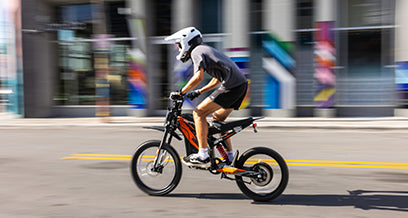







Leave a comment